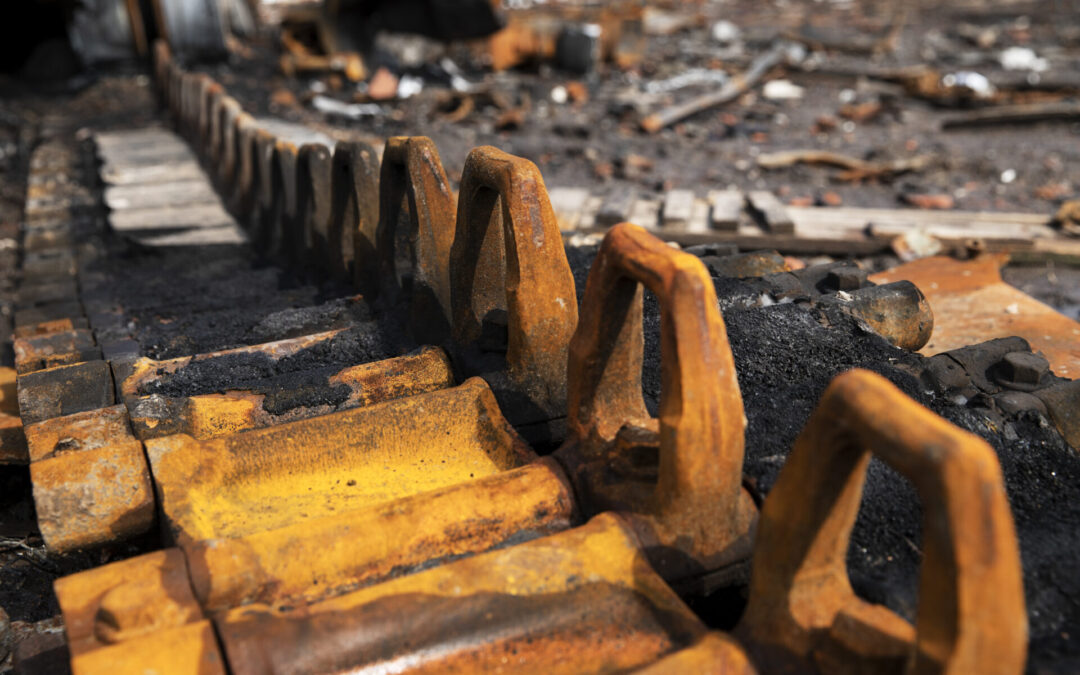Mining is one of the most demanding and hazardous industries. To ensure the safety and health of miners, the Mine Safety and Health Administration (MSHA) has established a comprehensive set of rules and regulations. This article explores what rules MSHA has put in place to protect miners, detailing the critical standards, procedures, and impacts these guidelines have on the mining industry.
MSHA Regulations Put in Place to Protect Miners
MSHA enforces numerous regulations aimed at minimizing risks and creating safer working conditions:
General Duty Clause
This overarching rule requires mine operators to maintain a safe working environment for all employees by identifying and addressing potential hazards.
Regular Inspections
MSHA mandates frequent inspections of mining operations. Surface mines must be inspected at least twice a year, while underground mines are inspected four times annually. These inspections help identify and correct safety violations promptly.
Training and Education
Miners receive comprehensive safety training under MSHA guidelines. Programs such as Part 46 and Part 48 ensure workers understand workplace hazards and safety procedures.
Accident Reporting and Investigation
MSHA requires all mining incidents to be reported immediately. Thorough investigations are conducted to determine causes and prevent recurrence.
Emergency Preparedness
Mine operators must develop emergency response plans, including evacuation procedures, communication systems, and access to first-aid resources.
Health Programs
Regulations address health concerns such as dust exposure and noise levels. Programs like the Respirable Dust Rule aim to reduce long-term health risks such as black lung disease.
Worker Rights
MSHA empowers workers to report unsafe conditions without fear of retaliation. It also guarantees miners the right to participate in safety inspections.
Use of Technology
MSHA promotes the adoption of technologies like real-time monitoring systems and automated equipment to enhance safety measures.
Key Safety Standards Established by MSHA
MSHA’s safety standards cover every aspect of mining operations, including:
- Ventilation Requirements: To prevent gas build-up and ensure breathable air.
- Structural Integrity: Standards for supporting walls and ceilings in underground mines.
- Electrical Safety: Guidelines for installing and maintaining electrical equipment.
- Explosives Handling: Rules for safe storage and use of explosives in mining operations.
Protective Equipment and Technology Standards
The use of personal protective equipment (PPE) is mandatory under MSHA regulations, which include:
- Helmets, gloves, and steel-toed boots to prevent physical injuries.
- Respirators to protect against harmful dust and gas exposure.
- High-visibility clothing for surface miners.
In addition, MSHA encourages the use of advanced technologies like:
- Gas detectors for monitoring air quality.
- Automated machinery to reduce human exposure to dangerous tasks.
- Communication systems to ensure reliable contact during emergencies.
Reporting and Addressing Safety Violations
MSHA requires mine operators to report any violations and hazards immediately. The process involves:
- Filing a report through MSHA’s official channels.
- Investigations conducted by certified inspectors.
- Issuing citations and penalties for non-compliance.
- Follow-up inspections to ensure corrective actions have been taken.
This accountability system significantly reduces the likelihood of repeated violations.
Impact of MSHA Regulations on Miners’ Safety
Since its inception, MSHA has played a pivotal role in improving mining safety:
- Fewer Accidents: Enhanced safety standards and regular inspections have drastically reduced mining fatalities and injuries.
- Improved Health: Dust control measures have decreased cases of occupational diseases like black lung.
- Stronger Emergency Preparedness: Miners are better equipped to handle emergencies, resulting in fewer casualties during incidents.
Recent Updates to MSHA Guidelines
MSHA regularly updates its regulations to address emerging challenges and technologies. Recent updates include:
- Stricter dust control measures under the Respirable Dust Rule.
- New training requirements for autonomous and semi-autonomous equipment.
- Increased penalties for repeat violations to deter non-compliance.
These updates reflect MSHA’s commitment to adapting to the evolving mining industry.
Resources for Miners and Employers
MSHA offers numerous resources to support miners and operators:
- Educational Materials: Online courses, workshops, and training manuals.
- Compliance Assistance: Guidance on adhering to safety standards.
- Grant Programs: Funding for research and development of new safety technologies.
- Hotlines: 24/7 channels for reporting hazards and seeking assistance.
Access to these resources ensures that safety remains a shared responsibility.

The Importance of MSHA Regulations
MSHA regulations are essential for creating a safe working environment in mines. They protect workers from immediate dangers and long-term health risks, ensure accountability, and promote the adoption of advanced safety technologies. The consistent enforcement of these rules demonstrates a collective commitment to safeguarding the mining workforce.
Ensuring Safer Workplaces for Miners through MSHA Regulations
The safety and well-being of miners depend on the enforcement of robust safety standards. By understanding the rules MSHA has put in place to protect miners, employers and workers can work together to foster a safer and more productive industry. MSHA’s ongoing efforts to adapt and improve its guidelines ensure that miners are better protected now and in the future.

